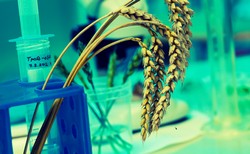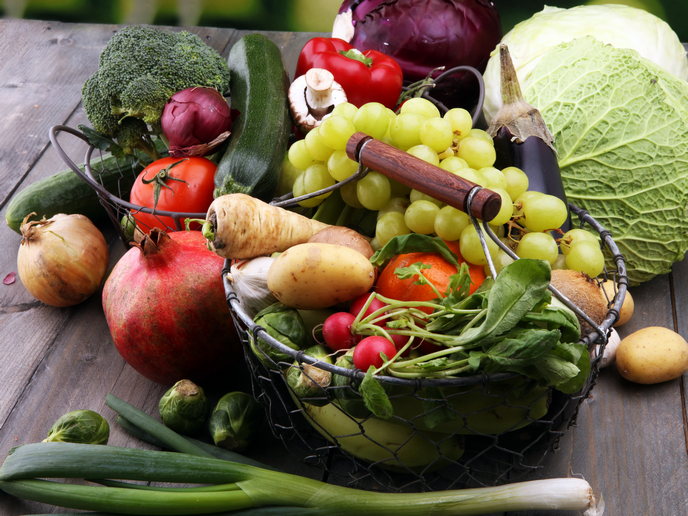Meteoric progress for cereal genomics
The sheer complexity of cereal crop genetics has hampered major progress in breeding programmes for the Triticeae, in particular wheat, barley and rye. Advances in mapping at a molecular level and development of new bioinformatic tools to structure, relate and comprehensively analyse large-scale genomics data have enabled robust genetic programmes geared to the Triticeae. A leader in international research efforts, the TRITICEAEGENOME(opens in new window) (Genomics for Triticeae improvement) project has mapped chromosomes 1 and 3, particularly important for disease resistance, yield and quality in the Triticeae. Using newly developed algorithms and high information content fingerprints as well as minimal tiling paths (MTPs), the researchers built bacterial artificial chromosome (BAC) contigs (overlapping segments) to construct a complete map for each MTP. By screening 5 400 BAC contigs with around 140 000 markers, more than 75 % of the wheat chromosomes have been anchored as well as two arms of barley chromosomes. Especially relevant for barley and wheat yield, quality and spoilage, the team fine mapped two loci and three quantitative trait loci for fungal disease resistance, yield and quality traits using the maps already produced. Growers are increasingly interested in winter wheat with its yield and productivity potential as well as suitability for fitting into crop rotations. The researchers created a new panel of 376 winter wheat varieties from Germany, France and United Kingdom to maximise germplasm diversity. Genome-wide association analyses were conducted for heading date, grain yield and plant height together with their respective locations. To house the immense amount of data generated, TRITICEAEGENOME have established two interactive databases. Tools developed include a new algorithm for physical map assembly and a comparative genome viewer, CrowsNest. Also, the project team finalised TriAnnot, a pipeline for automated annotation of Triticeae genome sequences. More than 250 events capturing a global audience of around 85 000 has disseminated the project’s research results. The public website has received 11 000 visits from all across the globe since May 2010. Genomic data and the tools developed will help tailor future cereal crops to the needs of producers, processors and consumers.







